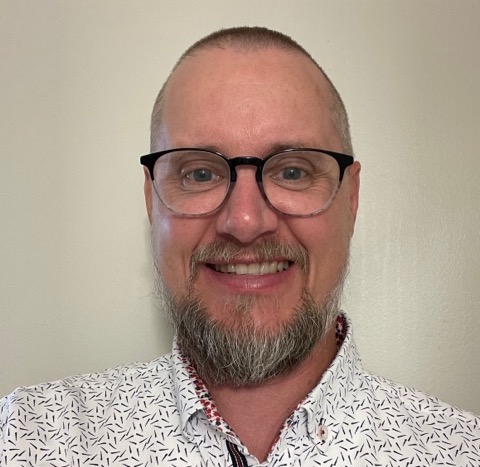
Meet Perron S. Goodyear, a disaster and emergency management professional with more than 15 years of experience in all aspects of disaster and emergency management at the local, regional and national levels.
To improve the disaster management field, Perron sees a need for greater understanding of the role disaster and emergency management (DEM) professionals play prior to and following a disaster.
Perron sits on Avert’s editorial advisory board, an assembled team of practitioners from coast to coast lending their experience and networks to help steer editorial content.
Read Perron’s take on challenges and opportunities facing disaster management in Canada in the Q&A below.
Avert: What is your current role and past roles within the field of disaster and emergency management?
Goodyear: I consider myself a pracademic. I’m a consultant with my own firm as well as a sessional instructor in post-secondary DEM courses. Previously I was national director of disaster and emergency management for an international non-government organization (NGO) and prior to that I was director for part of Ontario for the NGO.
I am passionate about incident management, crisis intervention, and communications. I am known for establishing defined and overlapping roles and responsibilities for organizations at each of the four components of the disaster and emergency management continuum: mitigation, preparedness, response, and recovery. As a leader, I drive effective risk analysis and implement resources for a scalable all-hazards approach with a multi-modality information communication plan.
Avert: How long have you been involved disasters or related fields and what are some highlights of your career thus far?
Goodyear: More than 15 years. Highlights include those I have met who started as colleagues and became friends. Notes received from people who have been assisted keep me motivated to continue and improve.
Another highlight would be working with the Public Affairs Office to arrange meetings with federal government officials while partnering with NGOs. This led to significant funding and a strengthened partnership at the national level.
Avert: What do you see as the biggest challenge facing emergency managers and the disaster management system in Canada?
Goodyear: Similar to insurance, people often see disaster and emergency management as not required until something happens in their area.
There is a lack of understanding of the role of DEM professionals prior to and following a disaster. The emergency is not the time to exchange business cards.
Too often, DEM professionals are viewed as focused on response only, whereas much of the behind-the-scenes work is accomplished prior to a disaster through mitigation and preparedness efforts, including building partnerships and through comprehensive planning. Following a disaster, DEM professionals spend a great deal of time learning from the response and making improvements for the next one.
Avert: Similarly, what do you see as the biggest opportunity?
Goodyear: Early in my career, people would comment that we do not have disasters in Canada. In recent years this perception is changing.
With the continued professionalization of DEM, younger generations are looking at careers in DEM earlier, meaning more DEM professionals have an academic background and practical experience.
Print this page
